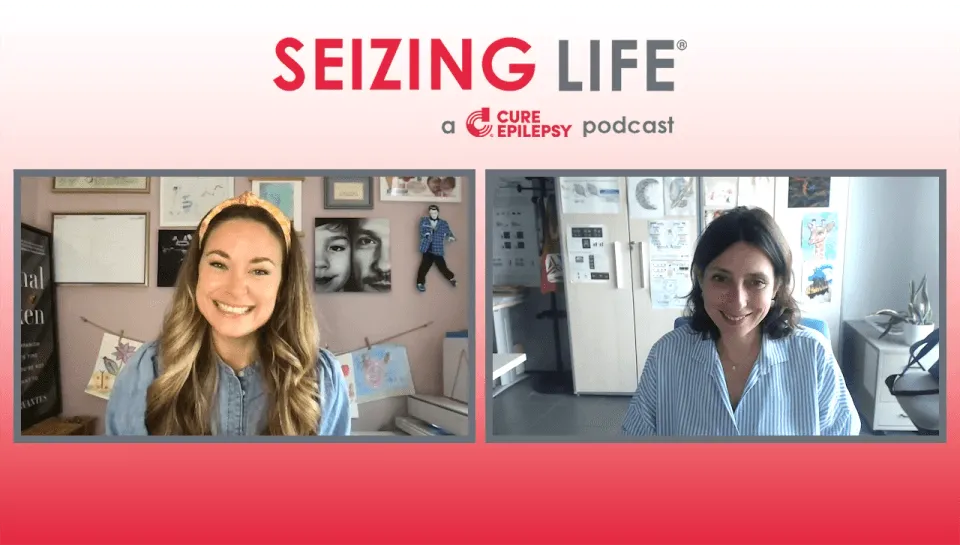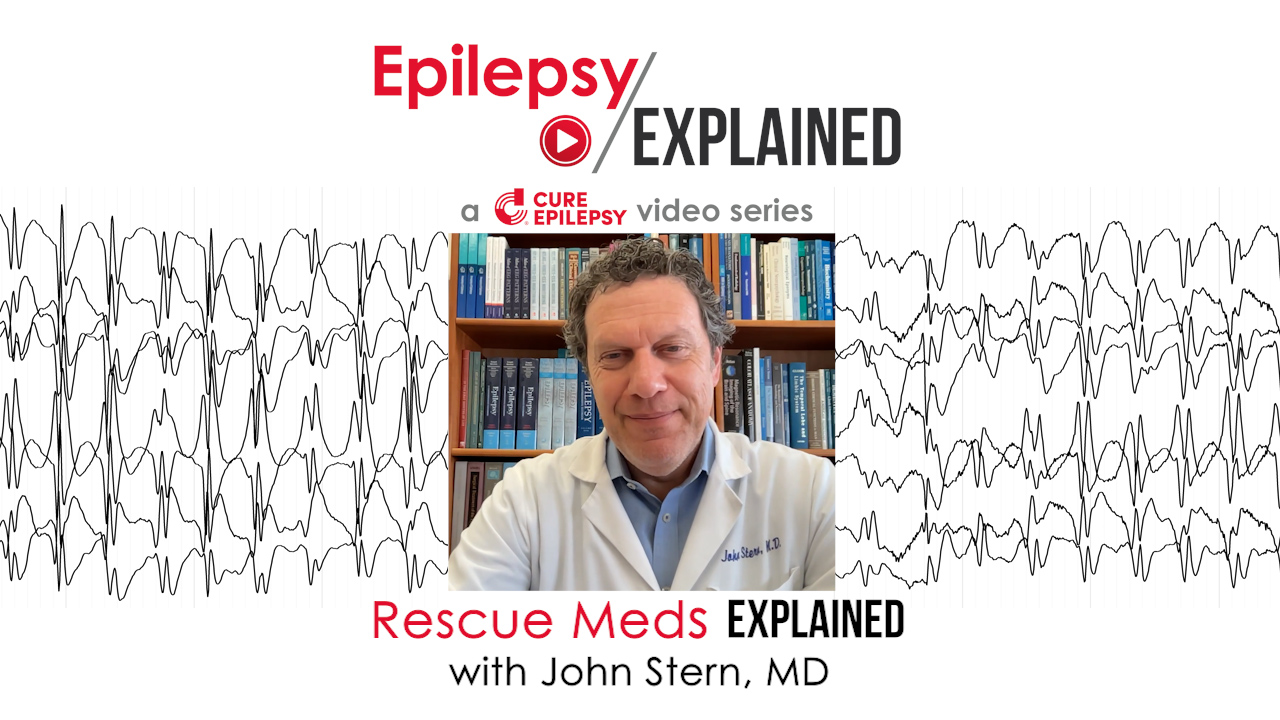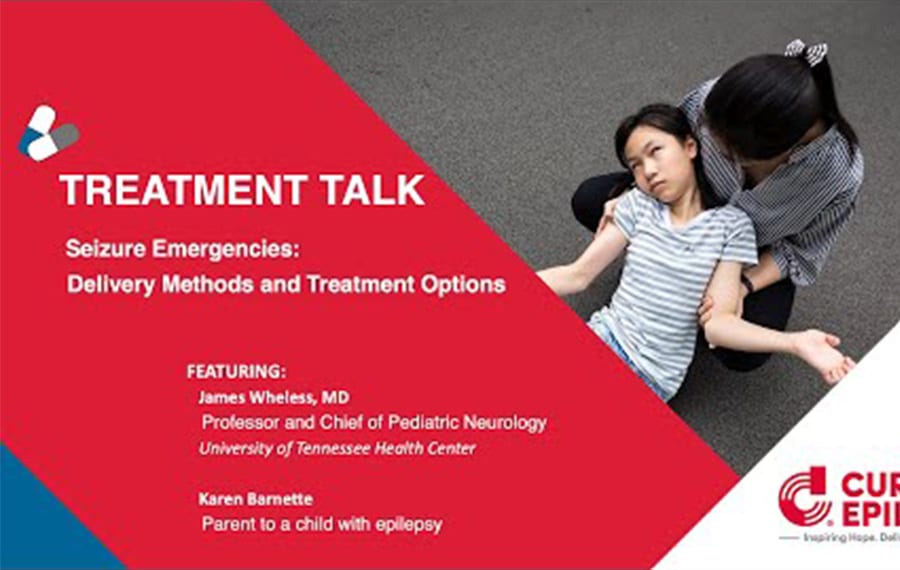What is a seizure rescue medication?
Rescue medications are fast-acting medications that work to stop seizure emergencies, like status epilepticus and seizure clusters. Rescue medications are also called urgent medications or immediate medications, though they sometimes take a short amount of time to start working. For those who are prone to seizure clusters, rescue medications are a vital part of their seizure action plan.
What rescue medications are available?
There are several seizure rescue medications that can be used either by patients or by hospital staff. Different rescue medications work in similar ways, but have a few important differences; how they’re administered, how long they last, and how quickly they work. Which medication is right for each patient and circumstance depends upon how quickly and for how long the medication needs to work. The forms that rescue medications come in are:
- Nasal sprays: midazolam (Versed, Nayzilam), diazepam (Valium, Vazepam, Diastat, Valtoco)
- Rectal gel: diazepam
- Oral tablet: diazepam, lorazepam (Ativan, Tavor (EU), Tempesta (UK))
- Intravenous or intramuscular injection, typically used in hospital settings (lorazepam)
Who should consider rescue medications?
For some people with epilepsy, one seizure triggers subsequent seizures. This is called a seizure cluster, flurry, or group. Because a person’s first seizure increases their risk for additional seizures, a rescue medication can be very helpful. While these medications can’t prevent that first seizure, they can help decrease the risk of additional seizures on that day.
Individuals at risk for prolonged seizures may also benefit from rescue medications. A prolonged seizure is called status epilepticus, and it is a medical emergency. If a seizure lasts longer than five minutes (not including recovery time), there is an increased risk of it continuing, and a rescue medication may help.
Do rescue medications always stop seizures?
No, sometimes the seizure continues after a rescue med is given. People who are prone to seizure clusters should speak with their doctor about how long to wait before administering the medication, how long the medication might need to work, and when to go to an emergency room. As a general rule, if a seizure lasts longer than five minutes, immediate medical help is needed.









